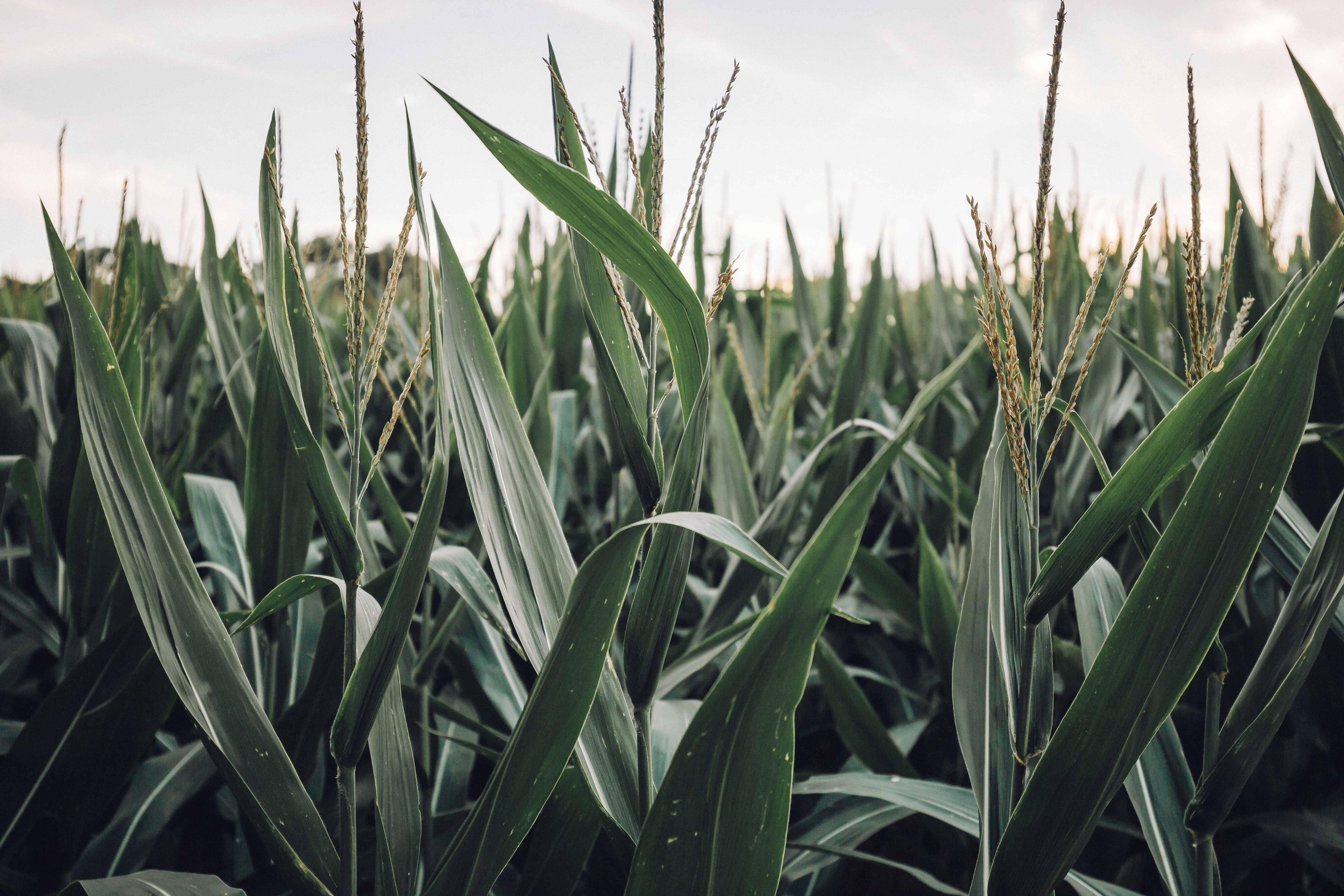Key Takeaways
- Mechanistic crop growth models like DSSAT-CERES-Maize can help address the challenges of spatial and temporal variability in agricultural field experiments.
- The study calibrated the DSSAT-CERES-Maize model for a long-term conservation agriculture (CA) based maize system, accurately simulating crop growth, yield, and nitrogen dynamics.
- The model was validated using field data from 2021, showing good alignment with measured values for plant growth stages, leaf area index, biomass, and yield.
- The impact of different tillage practices and nitrogen management options on maize yields was explored, demonstrating the model’s accuracy in capturing soil nitrate-N levels.
- The DSSAT-CERES-Maize model offers reliable simulations for improved farm-level management decisions, highlighting the need for future research to enhance its capabilities.
Crop Growth Models Enhance Efficiency in Agricultural Management
A recent study by Kumar et al. (2024) emphasizes the potential of mechanistic crop growth models to overcome the limitations of traditional agricultural field experiments. By calibrating and validating the Crop Environment Resource Synthesis CERES-Maize (DSSAT v 4.8) model, the researchers aimed to simulate crop growth, yield, and nitrogen dynamics in a conservation agriculture (CA) based maize system, providing valuable insights for farm-level management throughout the growing season.
Calibration and Validation of the DSSAT-CERES-Maize Model
Agricultural field experiments are often hampered by high costs and difficulties in capturing spatial and temporal variability. Mechanistic models like DSSAT-CERES-Maize offer a promising solution by simulating the complex interactions within the crop-soil-weather system. Kumar et al. focused on calibrating the DSSAT-CERES-Maize model using field data from 2019 and 2020, targeting plant growth stages, leaf area index (LAI), biomass, and yield.
“The model was calibrated to accurately simulate maize cultivar’s anthesis and physiological maturity, with observed values falling within 5% of the model’s prediction range,” the researchers noted. LAI predictions were closely aligned with measured values, with a root mean square error (RMSE) of 0.57 and a normalized RMSE (nRMSE) of 10.33%, demonstrating the model’s reliability.
Exploring Tillage and Nitrogen Management Practices
The study also investigated the effects of different tillage practices and nitrogen management options on maize yields. The treatments included four nitrogen management strategies: N0 (no nitrogen), N150 (150 kg N/ha via urea), GS (Green Seeker-based urea application), and USG (urea super granules @150 kg N/ha), applied under two tillage systems: CA-based zero tillage (ZT) and conventional tillage (CT).
“The DSSAT-CERES-Maize model accurately simulated grain yields, with prediction errors ranging from 0 to 3%, except for plots without nitrogen application where the model overestimated yields by 9–16%,” the study reports. This accuracy in yield prediction underscores the model’s utility in evaluating different agricultural practices.
Nitrogen Dynamics and Soil Health
An important aspect of the study was the model’s ability to simulate soil nitrate-N levels accurately. The DSSAT-CERES-Maize model captured these dynamics with an RMSE of 12.63 kg/ha and an nRMSE of 12.84%, reflecting its effectiveness in monitoring soil health under various management practices.
“By providing reliable simulations during the growing season, this modeling approach can facilitate better planning and more efficient resource management,” the researchers concluded. Accurate predictions of soil nitrogen dynamics are crucial for optimizing fertilizer use and improving crop sustainability.
Read the complete study here.



1 Comment